 It's an unfortunate fact that Cambodian civilization appears to have reached its peak nearly 800 years ago and has been in a steady decline ever since. History has not been kind to the Cambodian people and the savage brutality of the Khmer Rouge that tore this country apart only 30 years ago is fresh in everyone's memory. Trying to sort out the tangled events that led to the deaths of 2 million Cambodians (an educated guess, at best) over three years and eight months is nearly impossible - I can't begin to fathom the depravity of Pol Pot and his followers.
It's an unfortunate fact that Cambodian civilization appears to have reached its peak nearly 800 years ago and has been in a steady decline ever since. History has not been kind to the Cambodian people and the savage brutality of the Khmer Rouge that tore this country apart only 30 years ago is fresh in everyone's memory. Trying to sort out the tangled events that led to the deaths of 2 million Cambodians (an educated guess, at best) over three years and eight months is nearly impossible - I can't begin to fathom the depravity of Pol Pot and his followers. On the surface, Cambodia appears to be just another developing country where daily life is a struggle for most. Just below the surface, however, lies a terrible history affecting almost every single Cambodian. Anyone over the age of 30 lived, and suffered, directly under the Khmer Rouge. Everyone has lost immediate and/or extended family members and the stories are heartwrenching. It seems as though every generation suffers from genocides - the Holocaust, Cambodia, Rwanda, Darfur. The thing that makes Cambodia somehow unique is that there was no rhyme or reason to the killing. Cambodians killed Cambod ians. The educated city-dwellers were sent to their deaths by Khmer Rouge leaders who had gone to school in France. Initially, whole families, and even villages, were exterminated based entirely on their connections (real or imagined) to the previous government - which included simply living under that regime. And in the end, the Khmer Rouge, in fits of paranoia, turned on itself and - possibly in a twisted form of ironic justice - began torturing and killing its own.
ians. The educated city-dwellers were sent to their deaths by Khmer Rouge leaders who had gone to school in France. Initially, whole families, and even villages, were exterminated based entirely on their connections (real or imagined) to the previous government - which included simply living under that regime. And in the end, the Khmer Rouge, in fits of paranoia, turned on itself and - possibly in a twisted form of ironic justice - began torturing and killing its own. 
 ians. The educated city-dwellers were sent to their deaths by Khmer Rouge leaders who had gone to school in France. Initially, whole families, and even villages, were exterminated based entirely on their connections (real or imagined) to the previous government - which included simply living under that regime. And in the end, the Khmer Rouge, in fits of paranoia, turned on itself and - possibly in a twisted form of ironic justice - began torturing and killing its own.
ians. The educated city-dwellers were sent to their deaths by Khmer Rouge leaders who had gone to school in France. Initially, whole families, and even villages, were exterminated based entirely on their connections (real or imagined) to the previous government - which included simply living under that regime. And in the end, the Khmer Rouge, in fits of paranoia, turned on itself and - possibly in a twisted form of ironic justice - began torturing and killing its own. 
Tuol Sleng was a notorious detention and torture center that the Khmer Rouge set up at a suburban Phnom Penh high school. Perceived enemies of the regime were sent there - along with their families - to be horribly tortured into giving "confessions" before being taken to the killing fields located on the outskirts of the city. There they were often forced to kneel on the edge of a pit before being beaten on the back of the head with an axe handle or heavy stick. As they lay among other bodies, their throats were slit. Occasionally, with hands bound behind their backs, plastic bags were simply tied over a person's head. The beatings and suffocations were used to save Khmer Rouge bullets. Between 1975 and 1978, 17,000 people of all ages and backgrounds entered Tuol Sleng. Only 7 survived.
Almost immediately after the Khmer Rouge's overthrow in 1979, Tuol Sleng was converted into a memorial and museum. Things remain much the same today as they were in 1980. The rusty barbed wire still surrounds the compound, the cells are still in place, and most disturbingly of all (for me) the tiled floors remain. As none of the former torture rooms or prison cells are cordoned off, I found myself walking on literally the same ground that prisoners were forced to sleep on, or were ultimately tortured and killed on. In addition, the Khmer Rouge were meticulous record keepers. When each prisoner arrived at S-21, their photos were were taken and biographies recorded (including several Americans, Canadians, Australians, and French). Today, the former holding cells contain hundreds, possibly thousands, of these black and white photographs. I've included just a few. Knowing that these people were terrified and facing torture and certain death as their photos were taken was hard to deal with. I won't lie, the visit affected me deeply and I spent the rest of the day in a minor state of depression. I assume it must be the same for visitors to the Nazi concentration camps - it was, after all the same thing.
I left with one question rolling around in my head: Why?




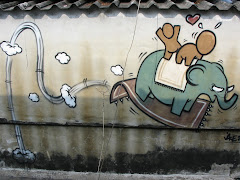







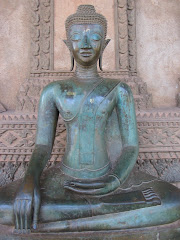

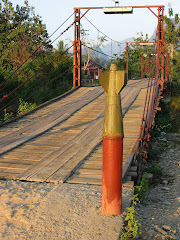
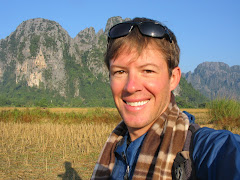
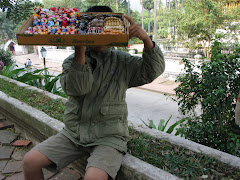

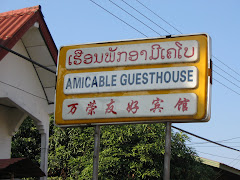
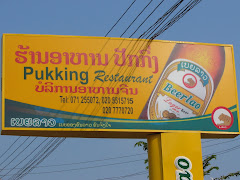




















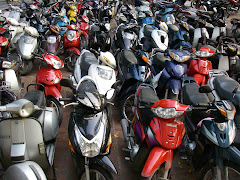




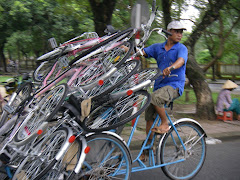
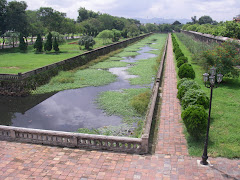
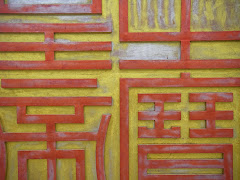


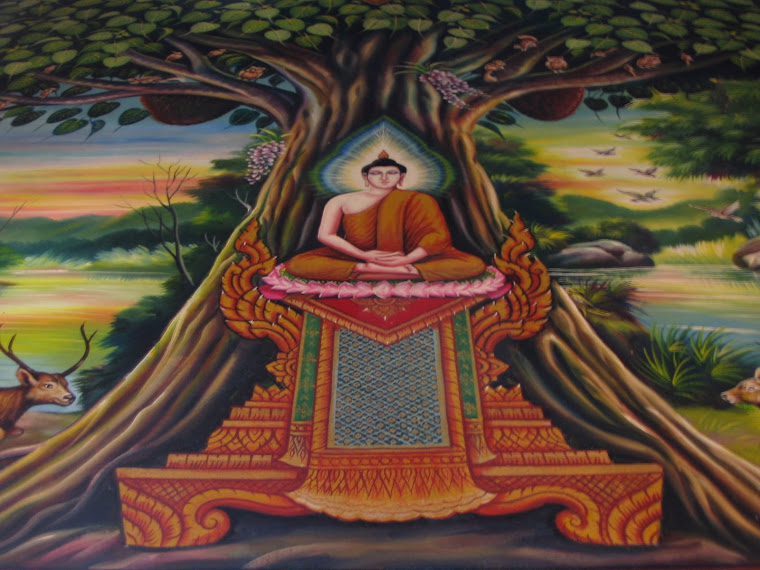




1 comment:
The tragedy is that we (human kind) continue to allow such terrible events to occur and run their course unabated and without recourse. Even now events such as occurred at Tuol Sleng are happening in various locations around the world (Sudan, Congo, Darfur).
Can we truly consider ourselves "civilized" when we lack the where with all and resolve to put an end to such suffering and degradation of the human body, mind and spirit?
It will not end until we decide that this kind of suffering is unacceptable and provide the resources and leadership necessary to put an end to it.
Let's hope that America is on a new path of leadership in the world that will serve to address these issues. If America cannot lead the way no country can.
Post a Comment